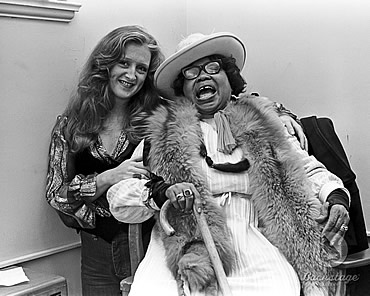
The Classic Women Blues singers were a critical part of the evolution of blues and jazz singing and performance in the early 20th century — a genre of American music largely ignored by the music industry, critics and historians until decades later.
Women like Mamie Smith, Ma Rainey, Bessie Smith, Sippie Wallace, Ida Cox, Alberta Hunter and Victoria Spivey molded a new more sophisticated blues genre taking from country blues songs, vaudeville and the newly emerging jazz. In 1920, Mamie Smith was the first Black to record her singing, and many more recordings of these gutsy women during the 20’s are a legacy of an exciting decade of economic boom, migration, the Harlem Renaissance, glamor and loosening sexual mores. During the decade between 1910 and 1920, some 60,000 Blacks moved out of the South to Chicago alone.

From Minstrel Shows and Vaudeville
Most of these women came out of the minstrel and vaudeville shows of the time — starting at very young ages — Bessie Smith at 9 and Ma Rainey at 14. Exploited and underpaid, they traveled the South with groups like the Rabbit Foot Minstrels. Eventually these women organized their own back-up bands, donned sequins and feathers and took their shows from Houston to Chicago and New York. So while Blues until the 1920’s was largely local, rural, Southern and male, these women were urban performance artists, traveling and performing in the new speakeasies and nightclubs of a dynamic era.
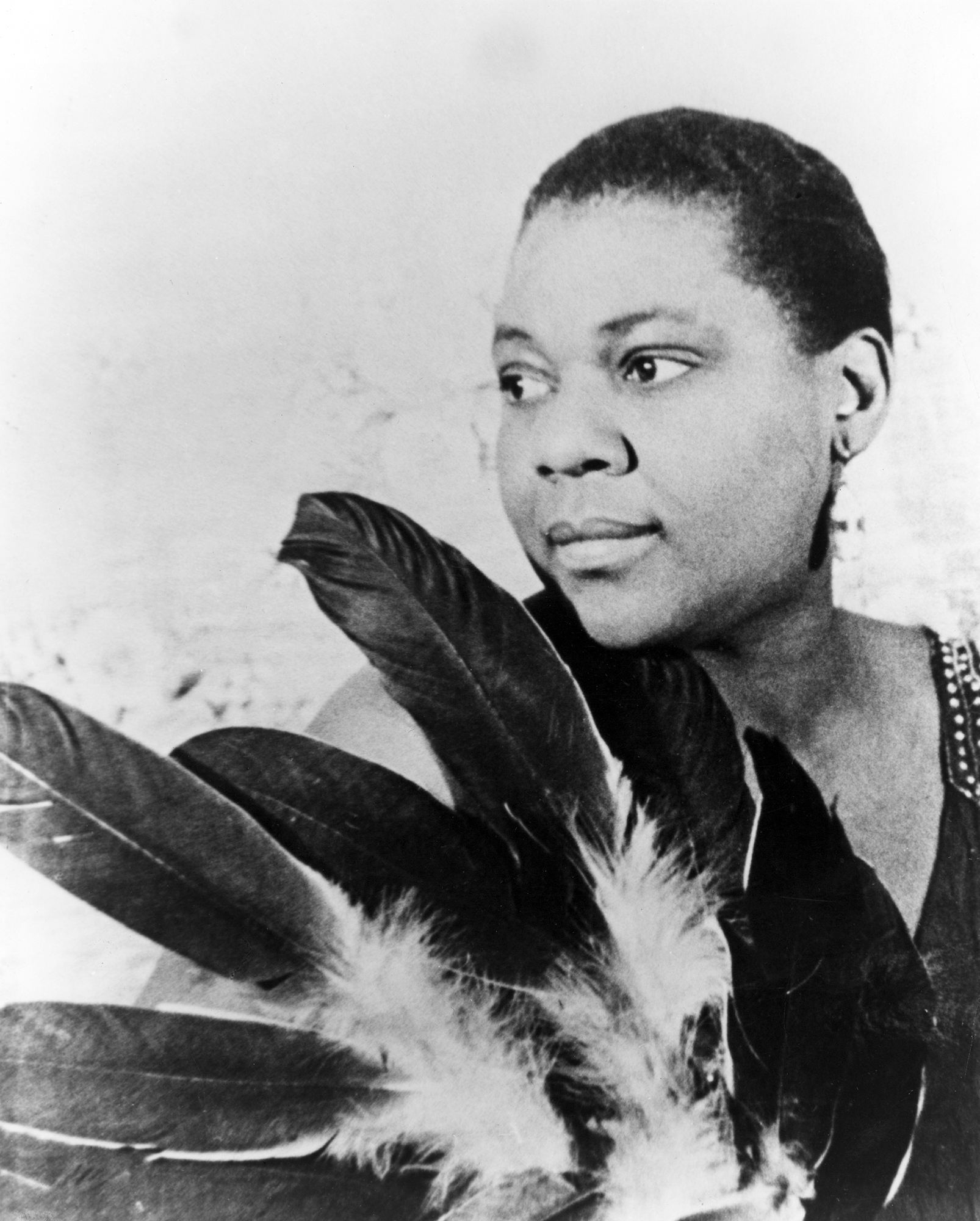
Provocative Lyrics
Their songs were filled with double entendre like “Hello Central”:
“Hello Central, Give me Chicken 69
Get my sweetie electrician, put him on my private line
My hall lights ain’t workin’ and my double sockets loose
Come look at my meter, I think I’m out of juice.”
As the decade progressed the lyrics became sexier. Bessie Smith sang of wanting “Sugar for her bowl, and hotdogs for her roll,” while Chippie Hill might plead “Give it to me Papa, I’m wild about that thing,” and Clara Smith — known as the world’s greatest moaner sang “Whip it to a jelly, if you like jelly roll.” While the lyrics could be playful and mischievous, their singing styles broke new ground. Bessie Smith is credited with sliding a note over into the next bar for the first time and that would become a defining style for later jazz singers.
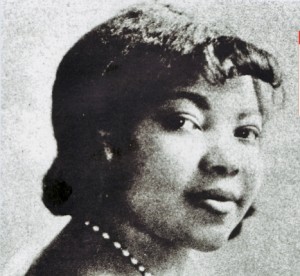
Finished by the 1930’s
With the Stock Market crash at the end of the decade and the Depression of the 30’s many of these women receded into obscurity, were forgotten or died — Bessie Smith was killed in a car accident in rural Mississippi in 1937 at the age of 39.
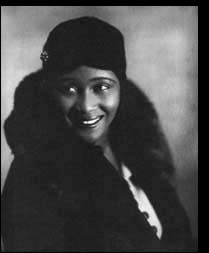
Resurrection in the 1970’s and 80’s
In the 1960’s the resurgence of interest in the Blues meant that survivors of the Classic Blues era — Sippie Wallace, Alberta Hunter and Victoria Spivey — had a chance for new careers.
Bonnie Raitt honored Sippie Wallace by recording her songs and performing with her on stage. Alberta Hunter sang in clubs in New York until the 1980’s — into her 80’s! — and Victoria Spivey set up her own recording company to discover and record women blues singers. In 1976, I found Victoria Spivey in New York City and produced a programfor WBAI-FM about her.
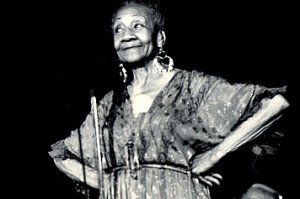
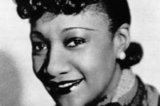
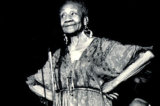
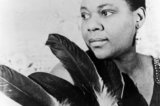
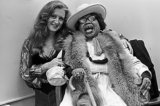
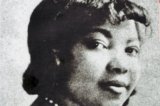
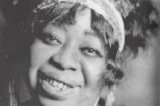
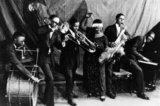
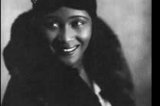
I have a research paper due this Friday the topic of which I chose was about the Classic Blues in a two-fold inquiry.
a. What was the motivation for these women to join the tent shows and minstrel shows as opposed to joining the men singing the country blues around the country? It seems that they had a better financial head on their shoulders but I don’t want to speculate. That being said, it leads to the follow-up question
b. but for the depression, why did these women go into seclusion vs heading up to NY to perform in clubs up there? Were they too tied into the male management to be free to do so?
c. Finally, what would Aretha Franklin, Gladys Knight, Martha (Vandellas) and Diana Ross have looked like had they had the mentors of Alberta Hunter, Mamie Smith and the others to guide them through performing classic blues?
V
Diane, thank you for these penetrating questions. When I first produced this 2 part radio series almost 40 years ago there was not a lot of research material to offer answers. I believe there was one book back then by Derrick Stewart-Baxter: “Ma Rainey and the Classic Blues Singers.” Now, you have biographies of Bessie Smith and Ma Rainey and Angela Davis’ 1998 : “Blues Legacies and Black Feminism” as well as Daphne Duval Harrison’s “Black Pearls: Blues Queens of the 1920s. I would enjoy hearing what you discover in your research and look forward to your further comments. Gail Pellett
Also, you may wish to check out my radio program about “Victoria Spivey” also on the website.
what a tour de force these women are…truly inspiring.
Hey Gail, just listening to Mamie Smith – love her! And your voice from way back then! It’s unmistakably YOUR voice, although its mellowed a bit w age. How amazing, it’s like fingerprint, so very much you…I’m so glad your past work is so well documented, keep sending, it’s always interesting & fun!
Gee whiz, Gail. You got me salivating to hear more!
There’s only 5:40 on the clip, not the ten minutes you promised. I feel deprived! But what an excuse to browse my vinyl. (No double entendre there.)
A wide ranging and far sighted program, (though the sound clip is truncated; is it my iPad ? Or my tech non expertise? ). not many serious studies of African American women artists and media produced then. Congratulations to a path breaker, Gail.
I remember catching Alberta Hunter regularly at the Cookery (now a bank??!!) she was in her
80´s and still had that zip. There was an interesting show in radio of month or so back on the women of country music…stories still to be told.
thanks Gail
You GOTTA put up the rest of it.
These women are pure gold talents.
Great work on your part, Gail, so prescient.
I remember Alberta Hunter at the Cookery in the 70s… days gone by.
Thanks for posting
Way to rock Gail….these ole gals have such sass….wish this were a visual doc….any chance ?? I too saw Alberta & was wiped out…. hallelujah darlin !!
Hello, I’m currently writing an MA about classic female blues. Where can I find the full documentary on the topic? I would be very thankful for help.
Would you please list some of the historians? And Yes, please pay the whole thing! I could use this as a source for a research paper I’m currently writing!
Dear Amanda, thanks for taking time on my archival website. When I have finished the big project I am working on I will attend to your requests. Best, Gail
Hi — I love this topic and have been traveling the past 8 years in Europe singing classic blues music 1920’s – 1940’s. How can I get a copy of your 1-hour program? I sing Mamie Smith, Bessie, Ma Rainey, Victoria Spivey, Sippie Wallace, etc., etc. Important music.
Thanks.
Well, as usual not a mention of the Queen of the Moaners-Clara Smith. A better blues singer than Bessie and just as prolific and even more popular amongst her black audiences down in the South and mid-West. From Spartanburg, South Carolina, Clara employed the long-drawn out moan and the first to use it on a record: ‘Awful Moanin’ Blues’ in 1923. Others followed such as the red-hot an’ sultry ‘Whip It To A Jelly’ and her superior version of ‘Waitin’ For The Evenin” Mail’. While her almost unearthly ‘I Wanna Go Home’ defies description-not surprising that any others of the ‘big 4’ did not attempt it. Clara was closer to the style of Ma Rainey and her rural roots, rather than the jazz-inflected tones by Bessie-not to detract from her of course. I am currently writing the only book that will probably ever be written on Clara Smith, hopefully, for a US publisher next year. Also did comedic songs with Lonnie Johnson and sometimes billed as ‘Jolly Clara’. A superb dramatic actress and singer, I have all her available recordings which originally came out on Columbia (1923-1932). Check her out, she’s somethin’ else!
Max, thank you so much for responding to this page on my archival website. In the full radio show — only partly posted here, there is mention of Clara Smith – Queen of the Moaners. I so look forward to your book. Please keep in touch. I get a fair amount of traffic for this radio show on my site. Best of luck with your book! Gail
How about Traci Chapmen? Great and way underrated.